—Olivia Lagoy-Weltz
For many spectators, freestyles are the highlight of international dressage competition and the aspect of our sport that is most easily appreciated by a broader audience. A well-done freestyle draws in the audience, creates emotion, and is incredibly fun to watch (and hopefully fun to ride). A perfect example of this kind of freestyle would be Debbie McDonalds “Respect” freestyle from the 2005 World Cup in Las Vegas. The freestyle was comprised of classic Motown pieces and finished with Debbie piaffing and passaging down the final centerline to Aretha Franklin’s “Respect.” It brought down the house and put Debbie and Brentina squarely in the hearts of the audience that day and for years to come. Generating this kind of special freestyle takes a lot of time and effort, and a little bit of luck, in finding that perfect music to showcase your horse.
What is the process for putting together an award winning international freestyle?
Step 1: Hire a Professional.
A freestyle at any level takes time and creativity to put together, but when you reach the International Grand Prix level the demands and expectations become much higher and much more complicated. While it is possible to choreograph your own freestyle and edit your own music, most top riders have student, competition, and travel schedules that put a heavy demand on their time and make it far more practical to bring a freestyle designer onto your team. Besides, it is wise to have a professional designer’s experience and knowledge on your side (although, I am sure there are outlying, amazingly talented riders who are able to do all of this, but I don’t know them personally and I am for sure not one of them!). These freestyle creating professionals have a strong background in music of some kind, either as a composer, editor, or musician, and several also have a background working with other Olympic sports such as ice skating or gymnastics.
Step 2: Get to Work on the Choreography.
This is the part I (and many riders) find the most tedious, but it is also really important. During the choreography-building phase, there are a lot of elements to juggle and you often spend many hours trying new patterns, videoing, watching, trying something else, and videoing, watching, tweaking, and doing it again.
Some freestyle professionals can choreograph (or help you choreograph) your freestyle, and others prefer that you choreograph the freestyle with your trainer. Either way, at the International level, most riders are very involved with the creation of their choreography. As riders, we are the ones that know what movements our horses perform best and what kind of setup we would like to demonstrate each of our movements.
In order to be internationally competitive you are going to need a very high degree of difficulty. Last year, the FEI introduced the Freestyle Floor Plan Creator. This computer program is designed to help establish more objective standards for the degree of difficulty score for both riders and judges. I have actually found this program very fun to work with because you can input the choreography and the program generates a test sheet for your specific freestyle, and calculates a degree of difficulty. Still, you must execute the difficulty with proficiency in order to receive credit.
But, achieving maximum difficulty is not the only criterion. Sometimes less is more, particularly if you have a big, or green Grand Prix horse who needs a simpler pattern to help build confidence, or simply to highlight the quality of the horse’s movements. You always have to balance the difficulty of your freestyle with how well your horse can execute the movements. If your horse can score an 8 or 9 on changes on a straight line, but struggles when you put them on a bending or circle line, resulting in a score drop to a 6.5 or lower. The bonus points you could earn for the circle line aren’t enough to warrant the risk, and the discomfort felt by your horse might distract or detract from your overall flow.
The goal of good choreography is to showcase what you and your horse are good at while minimize or downplaying any weaker areas—all while maximizing difficulty points and having an overall pleasing flow. When you do something hard, the goal is to make it look easy. If you jam-pack your freestyle with difficulty at the expense of the quality of execution, than you won’t score well. On some horses this process can go very quickly and on others it seems to take forever. Having said all that, when we as riders finish this phase, we often feel very relieved!
Step 3: Music… Sweet Music.
Once you have gone through the process of choreographing the freestyle, you make a final video and send it to your freestyle professional. It is not necessary to pick music before you choreograph your freestyle, but generally your professional is starting to work on this during the choreographing process. At this level, the choreography is not necessarily designed to interpret the music. If you have picked your music first, than interpretation can begin during the choreography phase. More often, the music is actually selected to match the horse and edited to match the choreography in a manner that looks like the music had been interpreted. This is the main reason that you have a musical professional on your team: to reverse-engineer the music to match the already established choreography. Ideally, the overall flow of the presentation will look like the music came first, even if it didn’t.
So how do you pick music? What do you look for? You start with trying to find your general theme or mood of music. Do you want to go dramatic, fun, light, jazzy, classical, rock and roll, Motown, or musicals? Sometimes the rider or the professional will already have an idea of the direction they want to go for a particular horse, and that’s always helpful in narrowing the scope of music down.
Often musical designers will work with music from movie soundtracks because there is generally a range of music to work with and a common theme that ties them all together. While it is possible to make it work, picking random pieces of music with nothing in common can be a very difficult way to go about this and can make for a very choppy freestyle if not done well. If you do choose random pieces, this music has to enhance your horse so well that each piece in itself makes the horse look so good that it draws the audience and judges in so far that they don’t notice the variety of music as much as the horse’s ability to move within them.
Picking music that is recognizable to the audience tends to make your freestyle more memorable and can go a long way to getting the crowd drawn in and “with you” for the dance. But, not every horse can handle the kind of freestyle that gets the crowd involved and different horses respond differently to different music. There’s also the rider’s taste in music to consider because these highly technical, artfully choreographed freestyles are not one and done; chances are you are going to be listening to that freestyle for years—so you’d like to love it.
The other element that is very important—if not the most important—when picking music is that the music must match the tempo of your horse in all gaits and movements of your choreography. Starting with a piece of music that is close to naturally correct makes this part of the process easier because you are working with your horse and not against them.
Hours of viewing videos of your horse moving to different types of music helps to see what enhances their movement. If you have a quick horse, picking quick and busy music can make them look rushed or frantic, even if the music is to tempo. If you have a very rhythmic horse, picking music with a strong beat can highlight their regularity, but if their tempo isn’t steady, a strong beat will point that out. Similarly, music with a downbeat can make a heavy horse look earthbound while picking music with an emphasis on the upbeat can lighten that same horse. There’s so much to choose from and yet all music affects horses differently so finding the perfect mix can take some time. This is again where your professional comes in. They normally go through and find several options that they think will work for your horse and let you pick from there.
Other considerations… Most freestyle music is purely instrumental and ranges from movies to Broadway to orchestrated versions of rock bands such as the Beatles. Debbie’s “Respect” was the first prominent international freestyle to incorporate lyrics—an inclusion that had previously been taboo! Lyrics are more acceptable now, but riders are advised to use them sparingly. Karaoke music has gained some traction in freestyles, but using it is tricky because the melody is missing. While hearing only the beat and background instrumentation can be impressive at first, it can tend to sound repetitive very quickly. Without the melody, there is also a risk of missing the dynamics in the music that are necessary for interpretation. In order for this kind of music to work, the melody line may need to be written back in.
Step 4a: Editing Existing Music.
Now that you have your music picked out, it’s time for your freestyle professional to bring everything together with their editing skills. There are different levels of editing and composing that must happen in order to bring your freestyle into one cohesive piece. They range from splicing/editing/blending, all the way to full composition recorded in a professional studio, or any combination of all these techniques.
It is by no means necessary to have something fully custom written and recorded in order to have an award winning freestyle. Think about Laura Graves and her powerful freestyle based on the music from Rudy. Laura’s freestyle was custom selected and edited for Verdades (“Diddy”), but not custom written and has scored beautifully over the years. Kasey Perry Glass’s freestyle with Goerklintgaards Dublet, based on the music from Lord of the Rings, is also an example of good editing and layering that wasn’t composed from scratch.
Step 4b: Composing a Whole New Jam.
Some examples of a fully customized and orchestrated freestyles would be Debbie McDonald’s “Respect” freestyle for Brentina, Adrianne Lyle’s “Play that Funky Music” freestyle she used for Wizard, and Steffen Peters rap freestyle “Ice Ice Baby” he had composed for Legolas.
Like Debbie, Adrienne, and Steffen, international riders are increasingly using music specifically composed to match their choreography much the same way a soundtrack is composed to match a movie. The biggest advantage to this method is flexibility. There is no need to be concerned with various selections that may not blend together, or with a song available in lyric version only, or with choppy editing while expressing the various movements. The final composition is seamless, orchestrated the same, has the option of including lyrics or not, and follows the movements as they change.
So if composing and recording gives you such great ability to customize your freestyle, why doesn’t everyone do that? Many of the top riders do, but this also comes at a price. For a fully composed and orchestrated freestyle, you are probably looking at a starting price of around $25,000 to $30,000 and that can push upwards to six figures depending on the choreographer you’re working with and who you’re hiring to perform the music. For freestyles such as Laura’s or Kasey’s that are edited from existing music, the starting price is closer to $5,000 or $6,000.
Step 5: The Final Phase
Now that your music is edited and fully put together, you send a copy of your original (silent) video to your professional so they can overlay the music onto it, that way you can watch it a few times to get a feel for what it should look and sound like. Then get the music file or CD and start practicing. But at this point, everything should be more or less right on, with the exception of a few timing changes. If you need to make changes, you must make the final adjustments with your choreographer and then have a final version sent to you.
Done, right? Well, not quite.
Step 6: The Final, Final Phase
Horses go differently at shows then they do at home. Until you start showing with the freestyle, you really won’t know exactly how it will ride. Many times there are more small adjustments to make after the first few goes. Once you smooth out those edges, I suppose you could call it “done,” but every show is different, every ride is a little different, and every day can be a bit different.
Freestyles are often evolving things. Horses change and mature. You may love a move in practice and then discover that, under the lights at night, it doesn’t ride as well. The choreography can evolve over time, particularly if you designed the freestyle for a young grand prix horse. A horse’s tempos can change as they learn to cover more ground or become more collected. Chances are you may go through a round or two (or three…) of small tweaks, slight changes, and sometimes even partial revamps. Again, this is why having an excellent professional choreographer to work with is important, because they will continue to work with you through all the evolutions of the freestyle.
Developing a top international Grand Prix Freestyle is an involved process. It can be lots of fun, but it can be very tedious as well. Having said that, nothing beats the thrill of pulling off a brilliant ride under the lights to amazing music. Dressage is a very controlled sport where the personality of the horse and rider are carefully managed, and as a spectator you are given a withering look if you so much as sneeze in the stands. Freestyles are our sport’s chance to draw people in, have some fun, and become more relatable to just about anyone walking by. Horses dancing to music are a spectacle everyone can appreciate!
FEI rider Olivia Lagoy-Weltz is a USDF bronze, silver, and gold medalist. Her earlier experience includes working for and riding at several top barns in Holland and Germany. Olivia is currently competing her own Rassing’s Lonoir (“Lono”) on the CDI circuit in Wellington, Florida and throughout Europe. Most recently, USEF selected Olivia as Team USA’s traveling alternate for the World Equestrian Games, Tryon 2018.



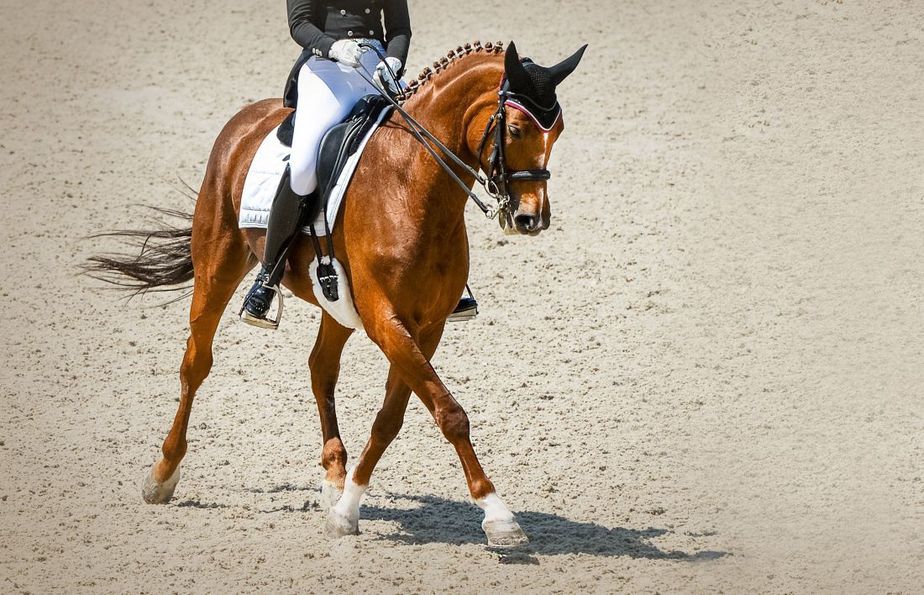
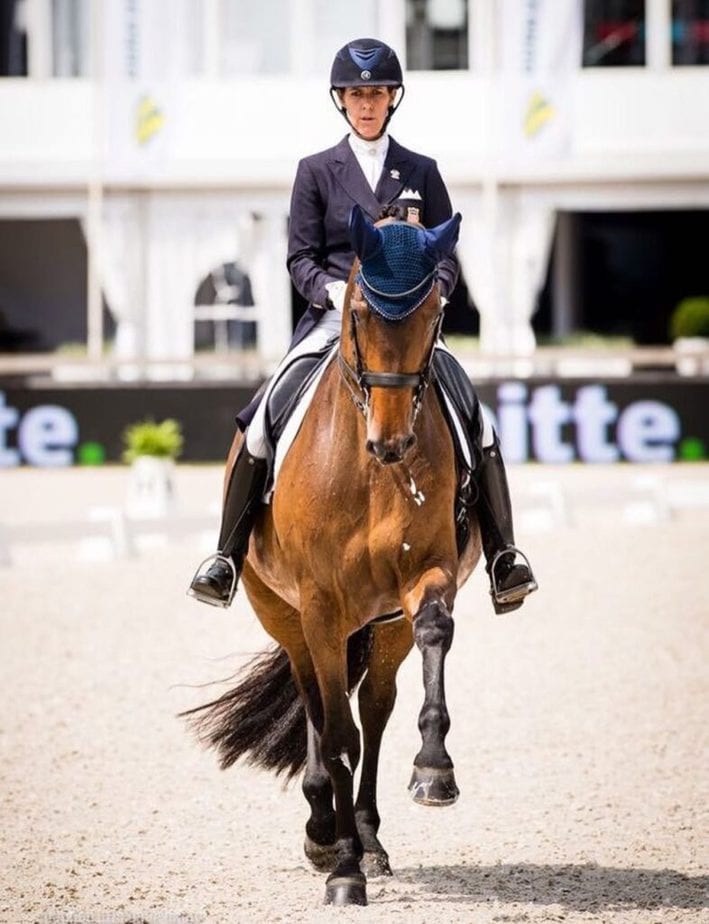
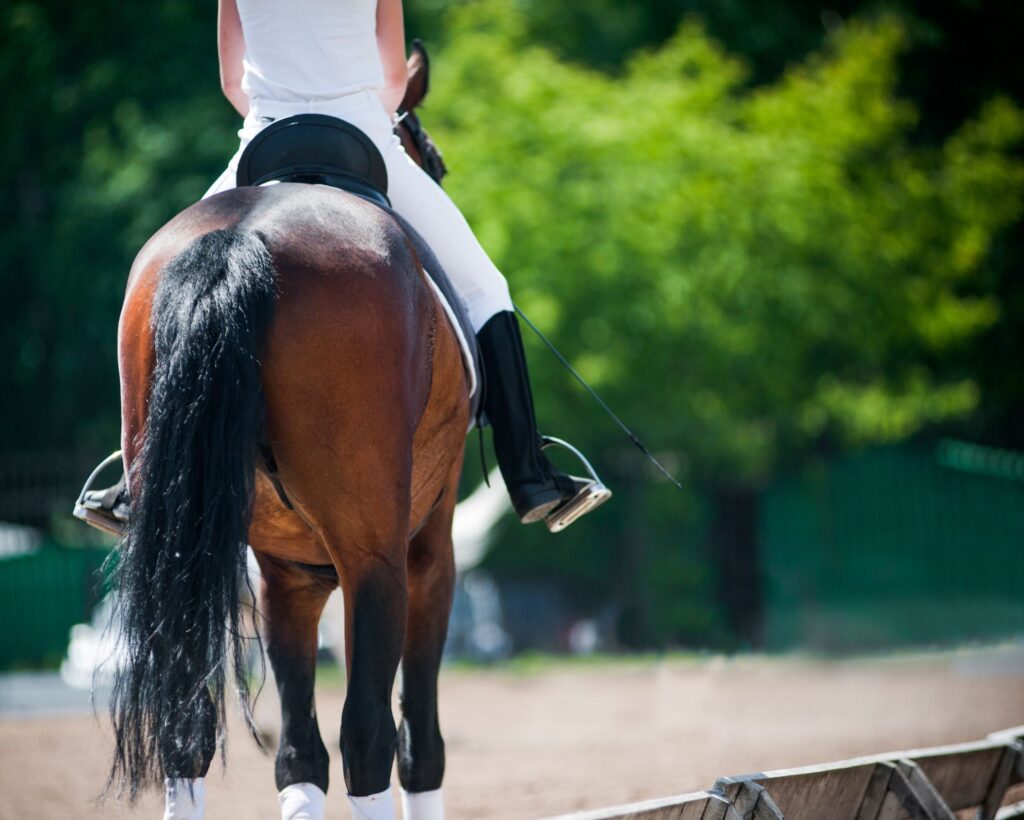
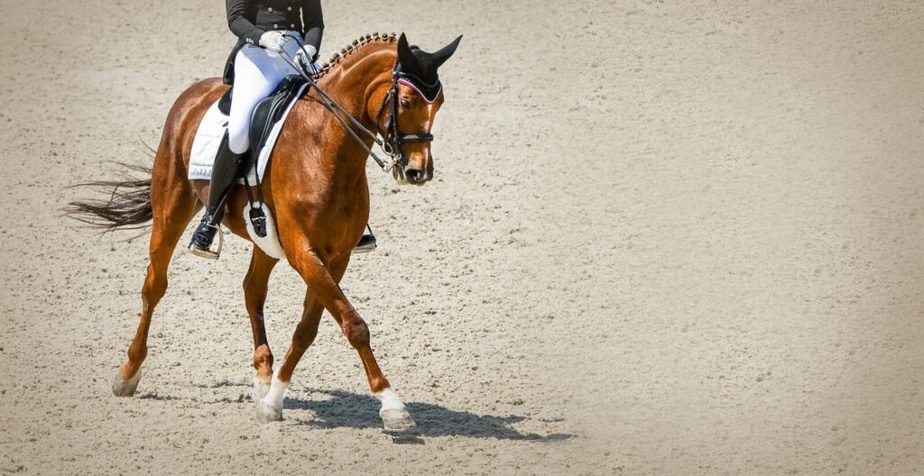



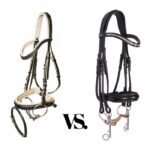
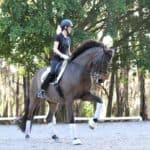

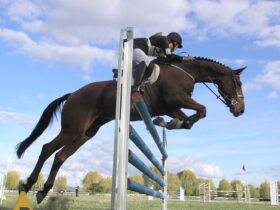
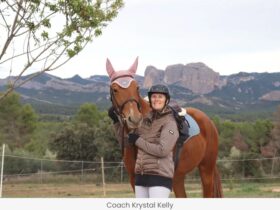
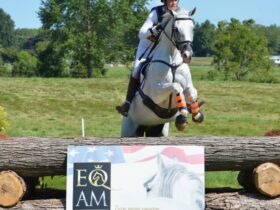
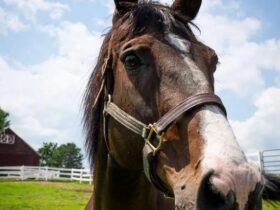
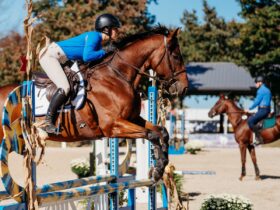
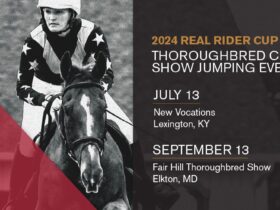
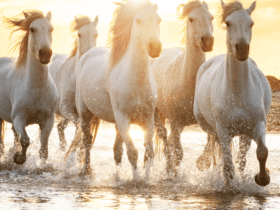
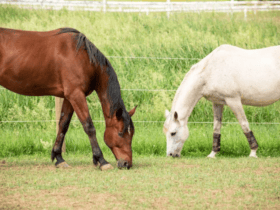

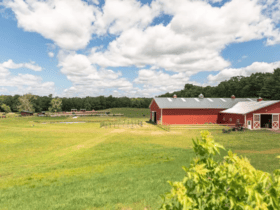


SOCIAL